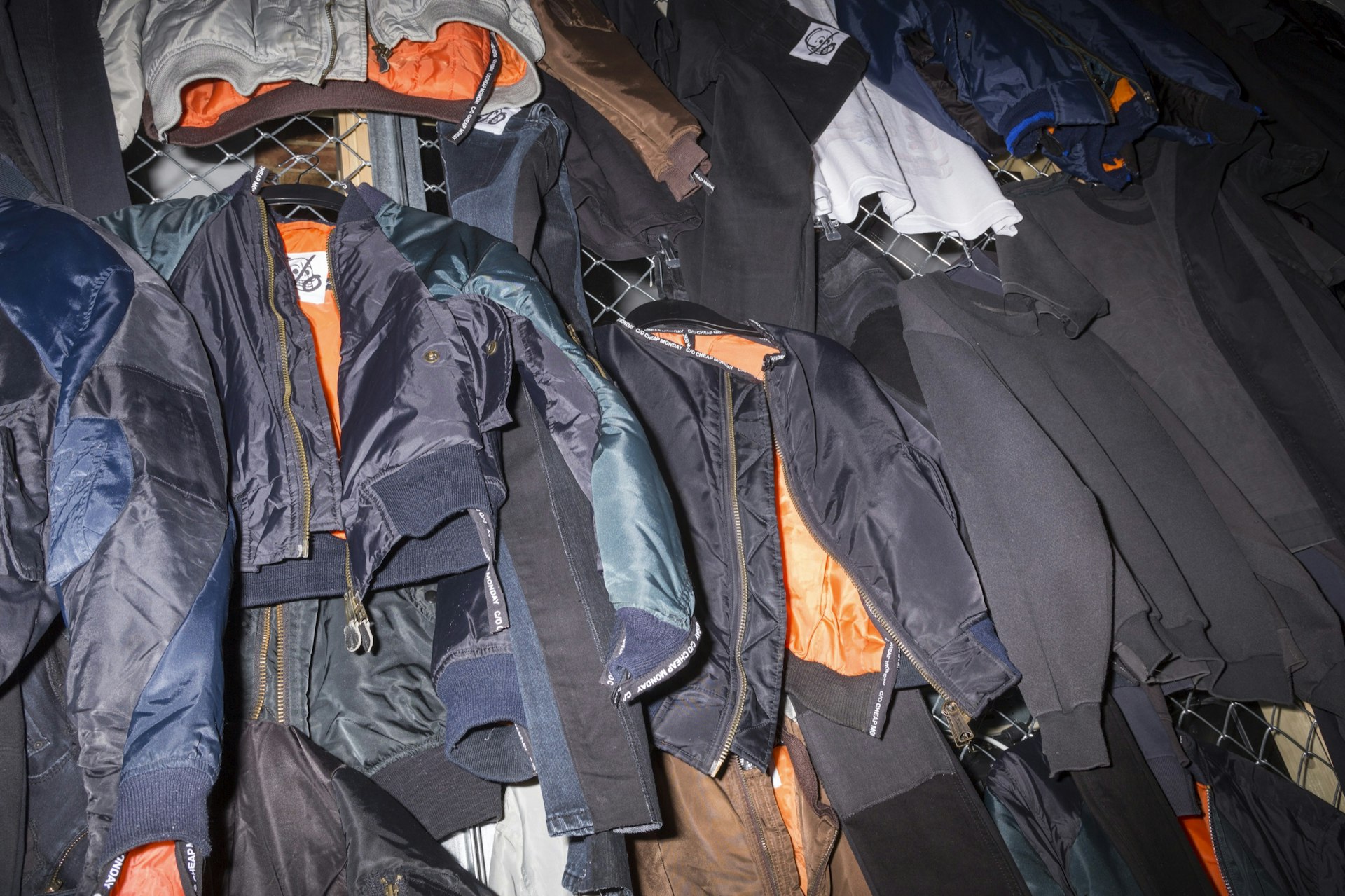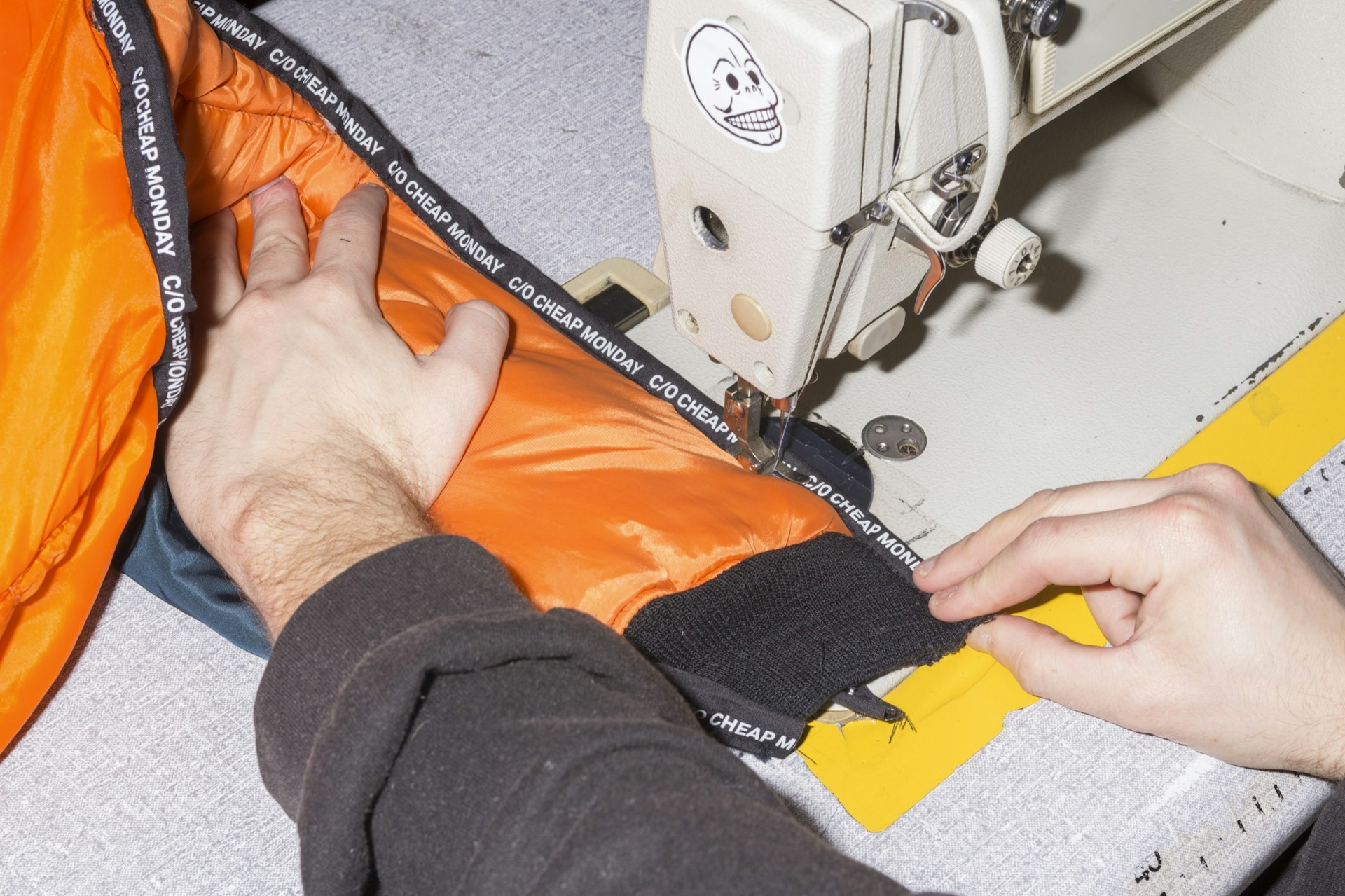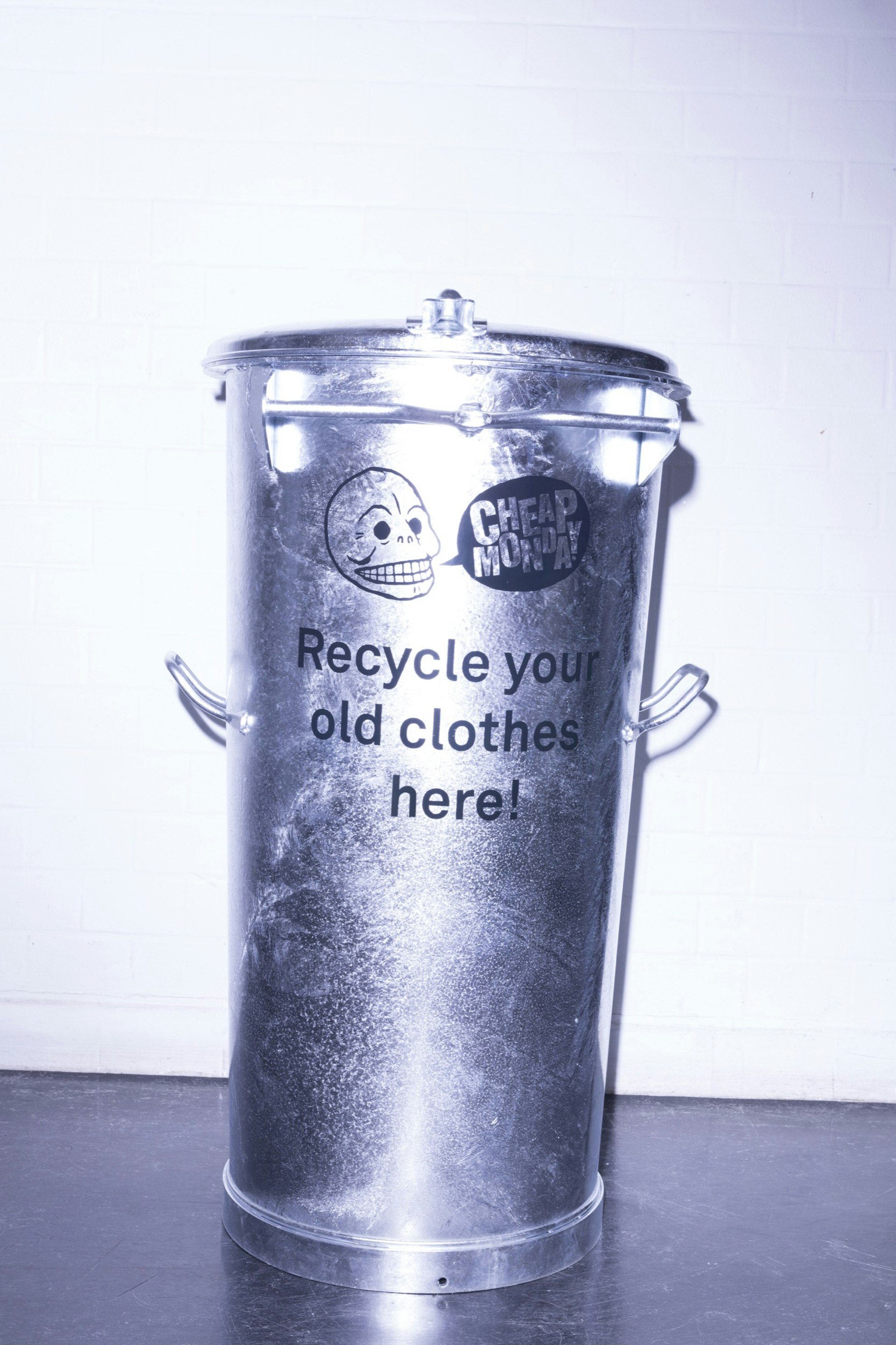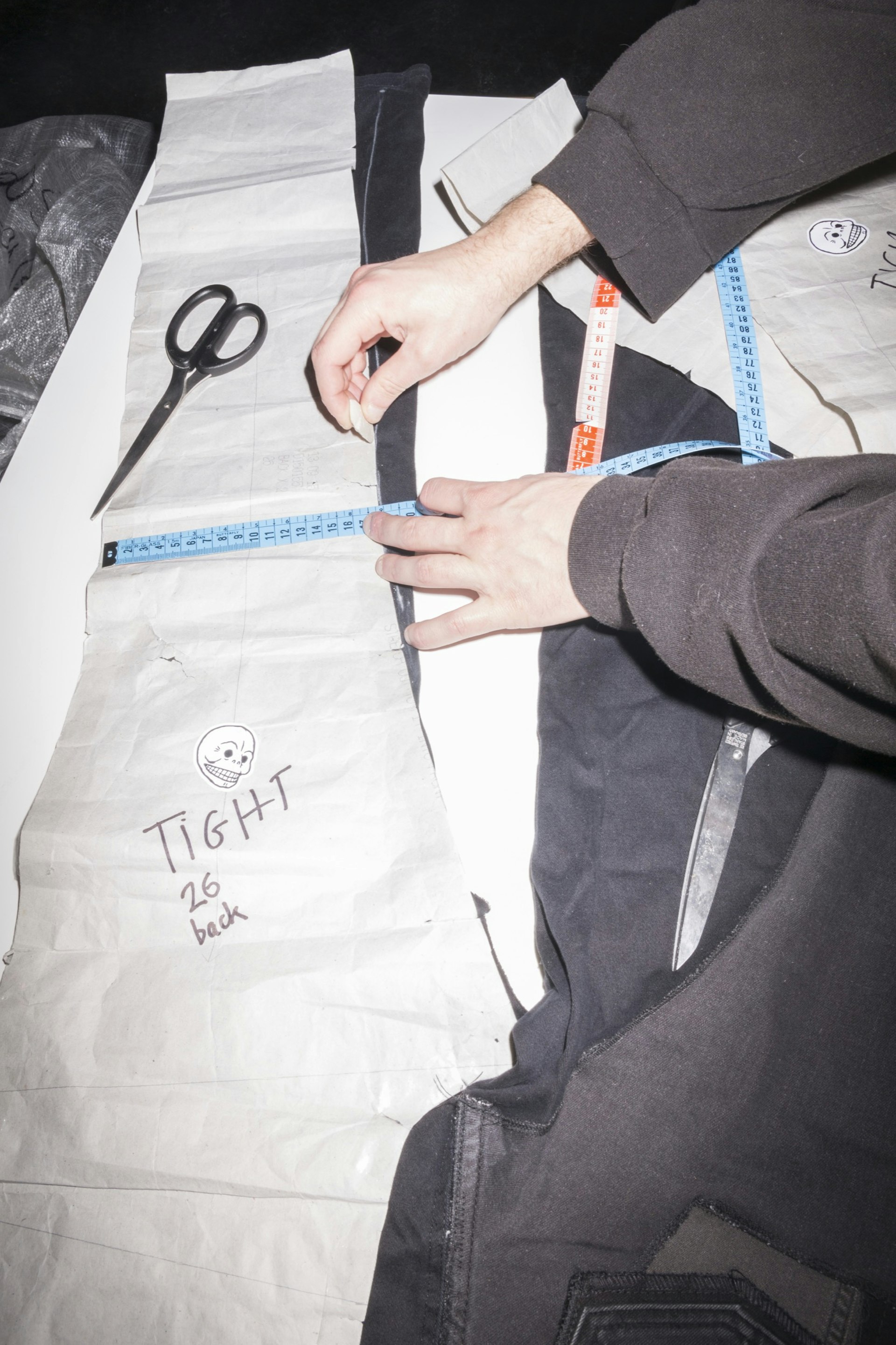
How do we cut down fashion’s impact on the planet?
- Text by HUCK HQ
The fashion industry is driven in large part by the desire to wear the latest styles before everyone else. With new looks and trends emerging every season, nobody wants to be left behind – but in our efforts to keep up, we’re leave growing piles of unwanted clothes in our wake.
As consciousness around sustainability grows, people inside the industry and out are starting to question this pattern and think about ways to reform it in order to reduce waste – and fashion’s impact on the planet.
Swedish denim brand Cheap Monday have signalled their intention to take proactive steps towards greater sustainability with their C/O Cheap Monday project. C/O, pronounced “Care Of” is an initiative that includes new garment recycling points in their stores and a new collection created from re-used materials.
For Carl Malmgren, Cheap Monday’s Head of Denim Design, the move towards greater sustainability is an exciting challenge to think about new ways of doing things. “We think about alternative ways of doing our designs all the time, and especially we continue to source more sustainable options when it comes to material,” he says. “We want to take responsibility for what we produce, and my responsibility as a designer is to push the limits here, and make good choices.”
“There are a lot of more sustainable developments that we can now work with, that we couldn’t just three years ago,” he continues, “so the focus has really shifted towards this area on the production side as well.”
The C/O Cheap Monday capsule collection is hand-made from old and unwanted garments in the brand’s Stockholm studio. Working with recycled materials is one of the easiest ways to reduce waste and make productive use of the vast amount of clothing that gets thrown away each year.
For Carl, working within the constraints of pre-existing materials, rather than starting with a blank slate, can be far more stimulating – and it gives clothes a character that’s hard to match with new garments designed from scratch.
“I think that working with existing garments and up-cycling is a concept that in the future could become engrained in to any brand’s regular way of working,” he says. “There is such a lot of soul in old garments, and personally I think that worn-out garments are better looking than new ones, so there is a lot of inspiration there. After all, I am a denim guy with a passion for staring at worn-out jeans, ha ha.”
Breaking the cycle of ‘design > produce > wear > waste’, repurposing is one of the most environmentally friendly ways to step towards ‘closing the loop’ – or ensuring that nothing ends up in landfill.
“In a perfect world the loop would be completely closed so that we only use a minimum of energy to produce new garments,” Carl says, “and work with the raw materials we already have out there, through recycling of fibre, etc. This has just begun but it is very exciting. I think I think that if we want to constantly have rapidly changing looks, then we also need to take responsibility for what we put out there.”
Cheap Monday aims to help reduce textile waste and raise awareness of the tonnes of unwanted clothes committed to landfill each year. To make it easier for consumers to reduce their own personal footprint, C/O Cheap Monday have installed recycling bins in Cheap Monday stores in London, Copenhagen, Paris, Beijing and Shenyang. Regardless of brand, quality or condition, people can put their old and unwanted clothing in the bins provided inside the stores – and help give them a new lease of life.
Ultimately, Carl says it’s up to both consumers and brands to work together to help fashion become more sustainable. “Only buy things that you really know you are going to wear,” he says. “When you have stopped wearing them, give them to someone else or recycle the fabric. You can hand in any fabric at our Cheap Monday store in Carnaby Street and we will collect them to use for new fibres. Also, put pressure on brands and retailers. Ultimately, what the customer keeps asking for is what will happen.”
Find out more about the C/O Cheap Monday project.
Enjoyed this article? Like Huck on Facebook or follow us on Twitter.
